Data visualization is more than just creating pretty charts and graphs; it’s a crucial process of transforming raw data into insights that are easily understood and acted upon. It’s a fundamental skill for anyone working with information, whether in business, science, or public policy. Data visualization allows us to explore trends, identify patterns, and communicate complex information in a way that’s both engaging and actionable. The ability to effectively present data through visual means dramatically increases comprehension and decision-making. This article will delve into the core techniques, tools, and best practices for creating compelling data visualizations.
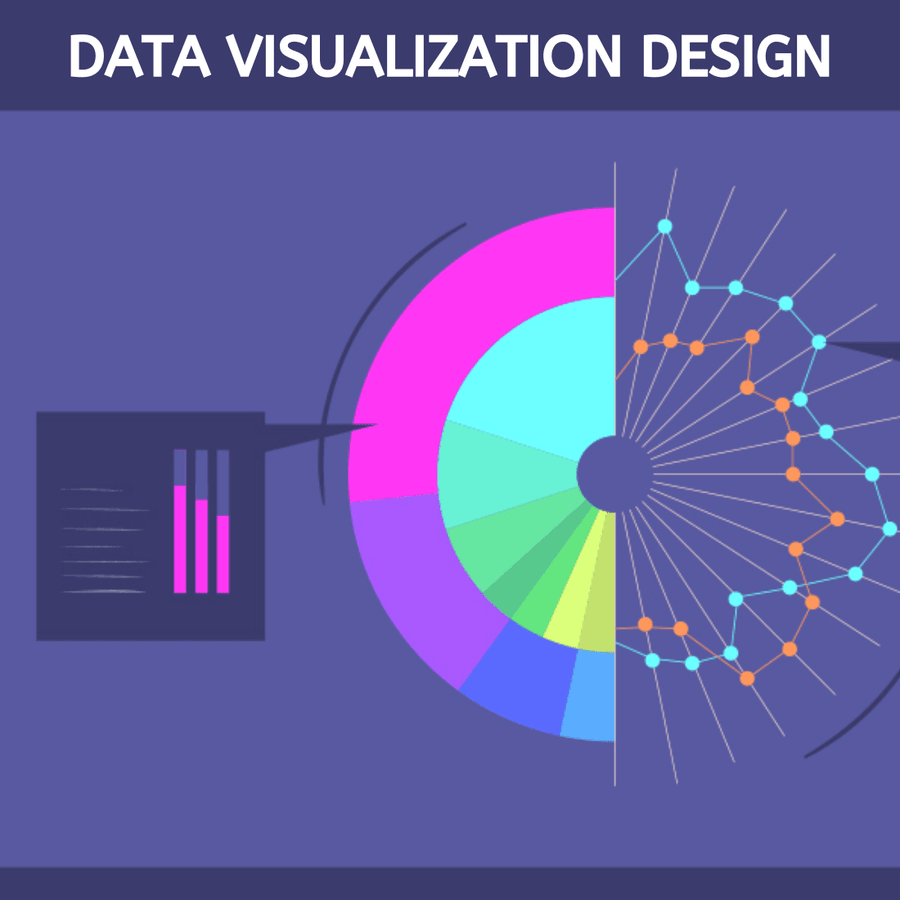
What is Data Visualization?
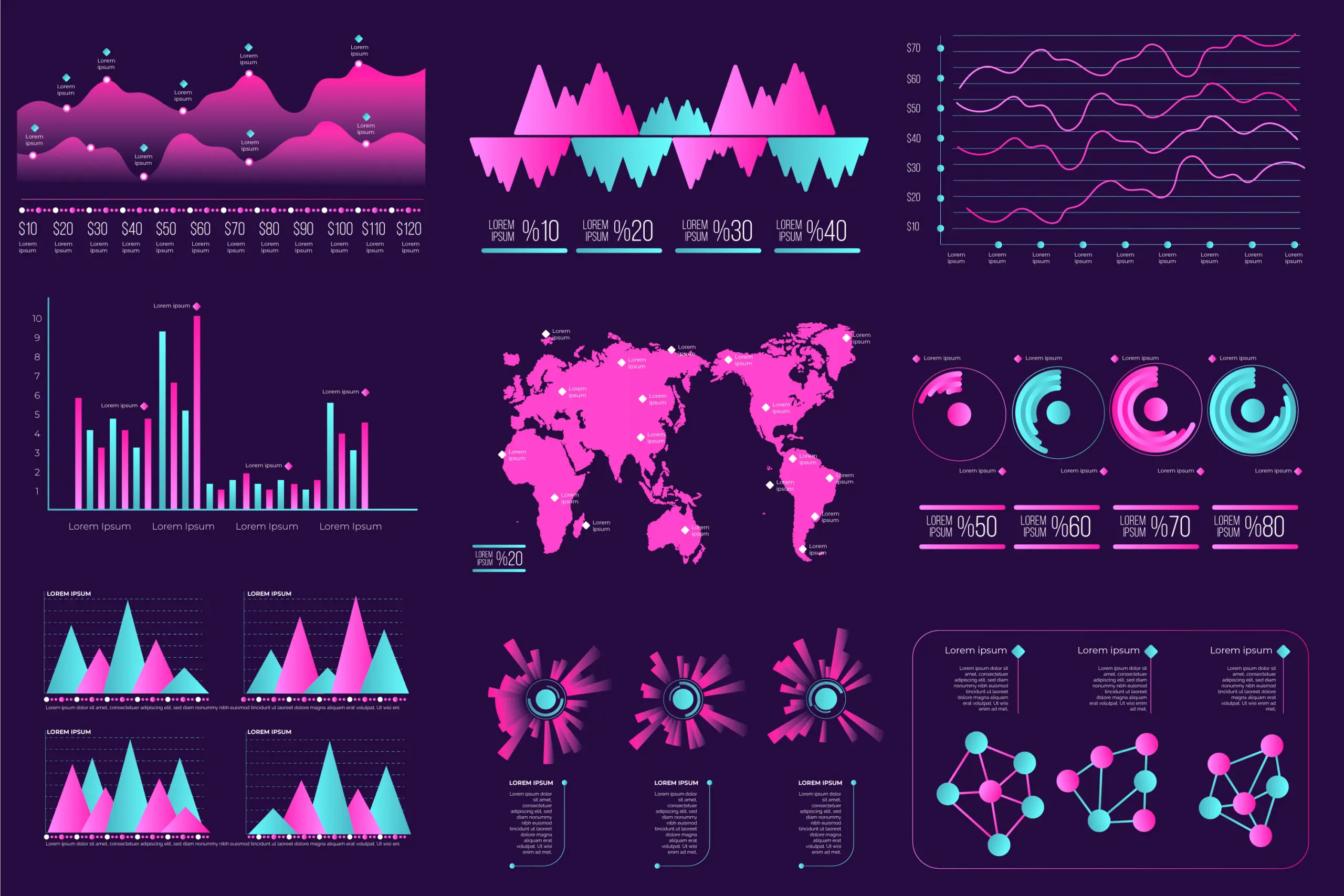
At its core, data visualization is the process of representing data graphically. Instead of presenting data as rows and columns in a spreadsheet, visualizations – like charts, graphs, maps, and infographics – use visual elements to highlight relationships, trends, and outliers within the data. The goal is to make data more accessible and understandable, enabling users to quickly grasp key insights. It’s about moving beyond simply having data to communicating it effectively. Different types of visualizations are suited to different types of data and analytical goals. Choosing the right visualization is key to conveying the intended message clearly.
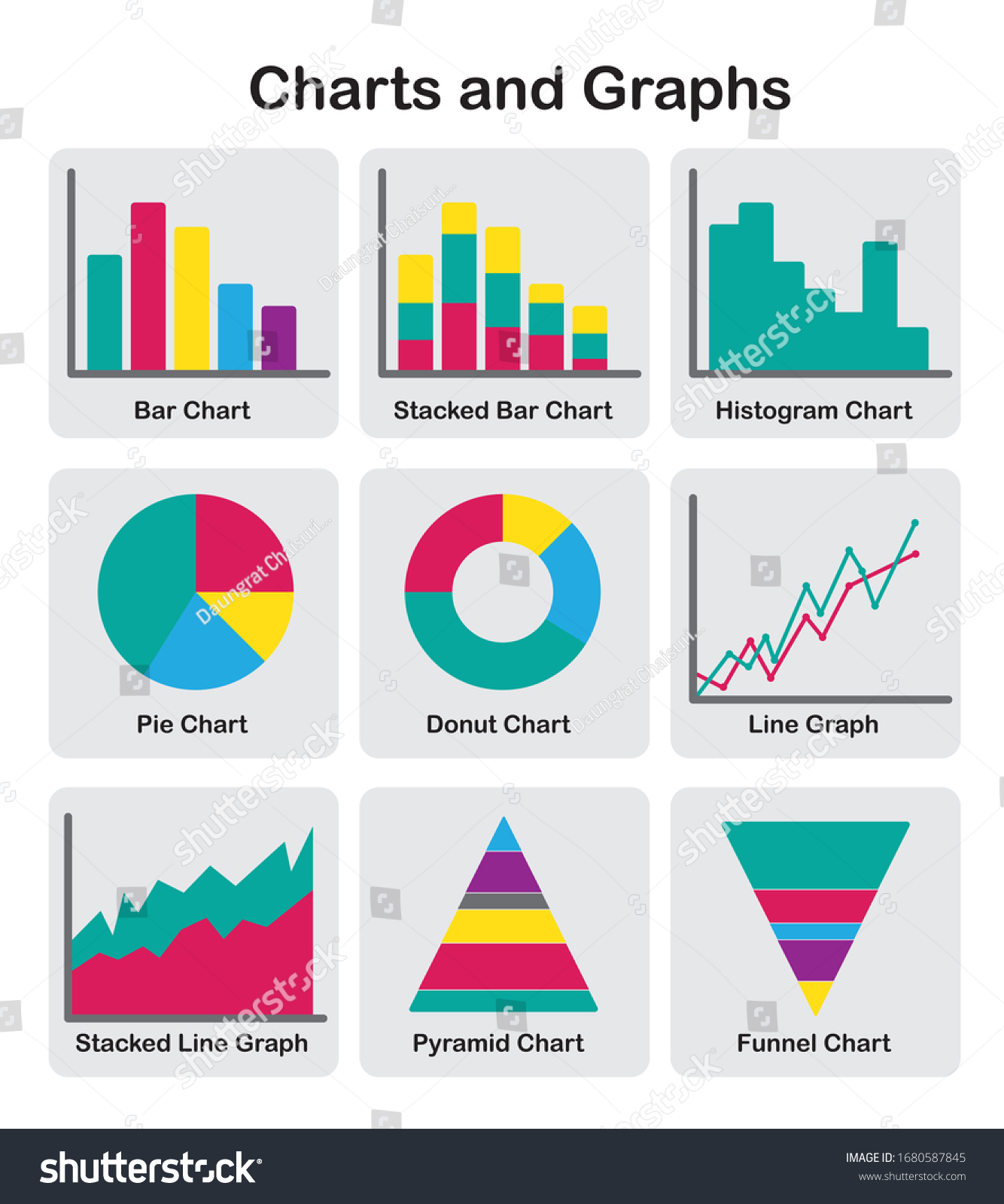
Common Types of Data Visualizations
There’s a wide variety of data visualization techniques available, each with its own strengths and weaknesses. Let’s explore some of the most popular:
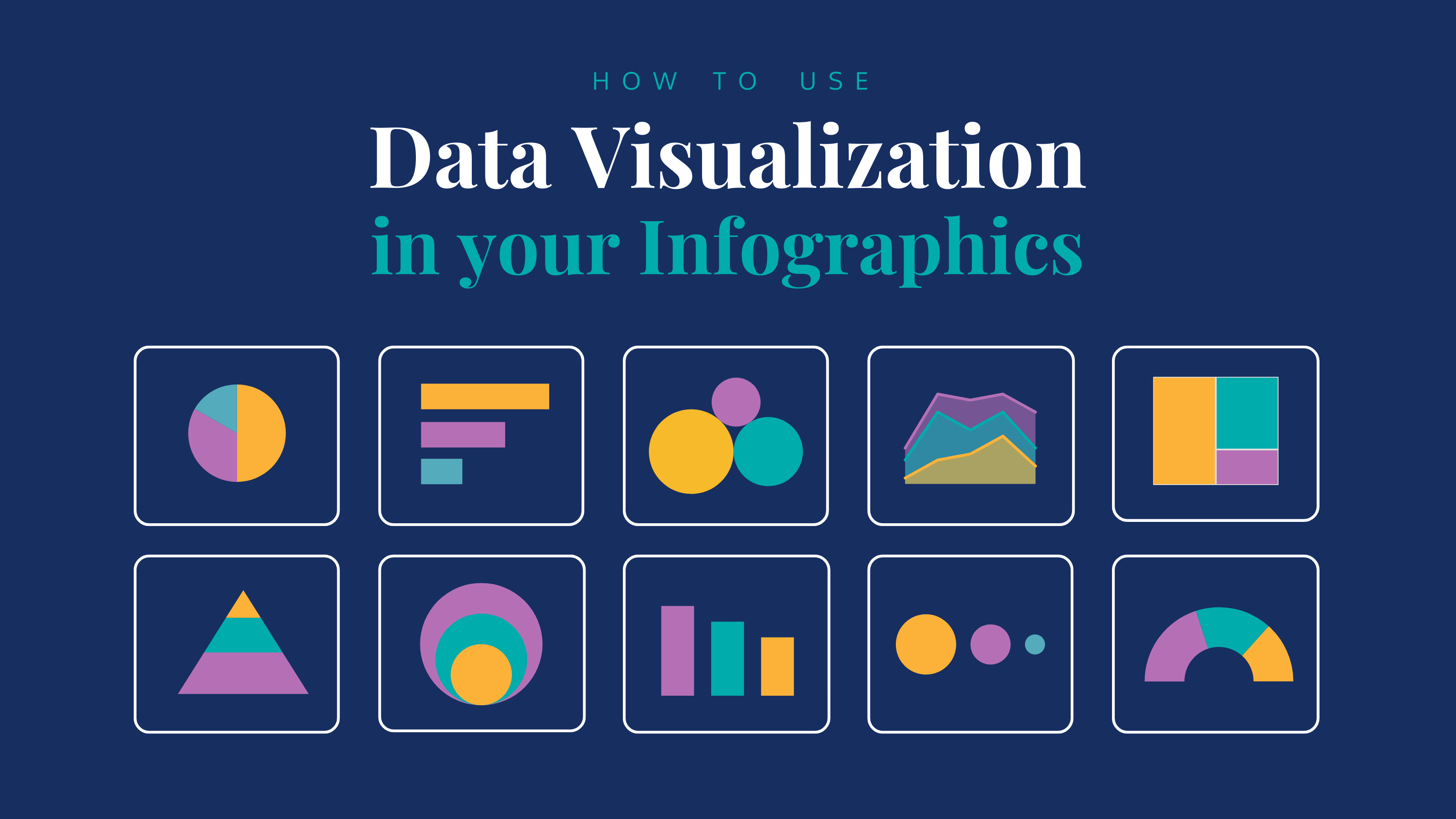
Bar Charts
Bar charts are perhaps the most widely recognized type of visualization. They effectively compare categorical data by displaying data as rectangular bars, with the height of each bar representing the value. They are excellent for showing the magnitude of differences between categories. Data visualization using bar charts is particularly useful for illustrating sales figures, website traffic, or survey responses. Consider the difference between a simple bar chart and a stacked bar chart – the stacked bar chart provides a more detailed breakdown of the data.
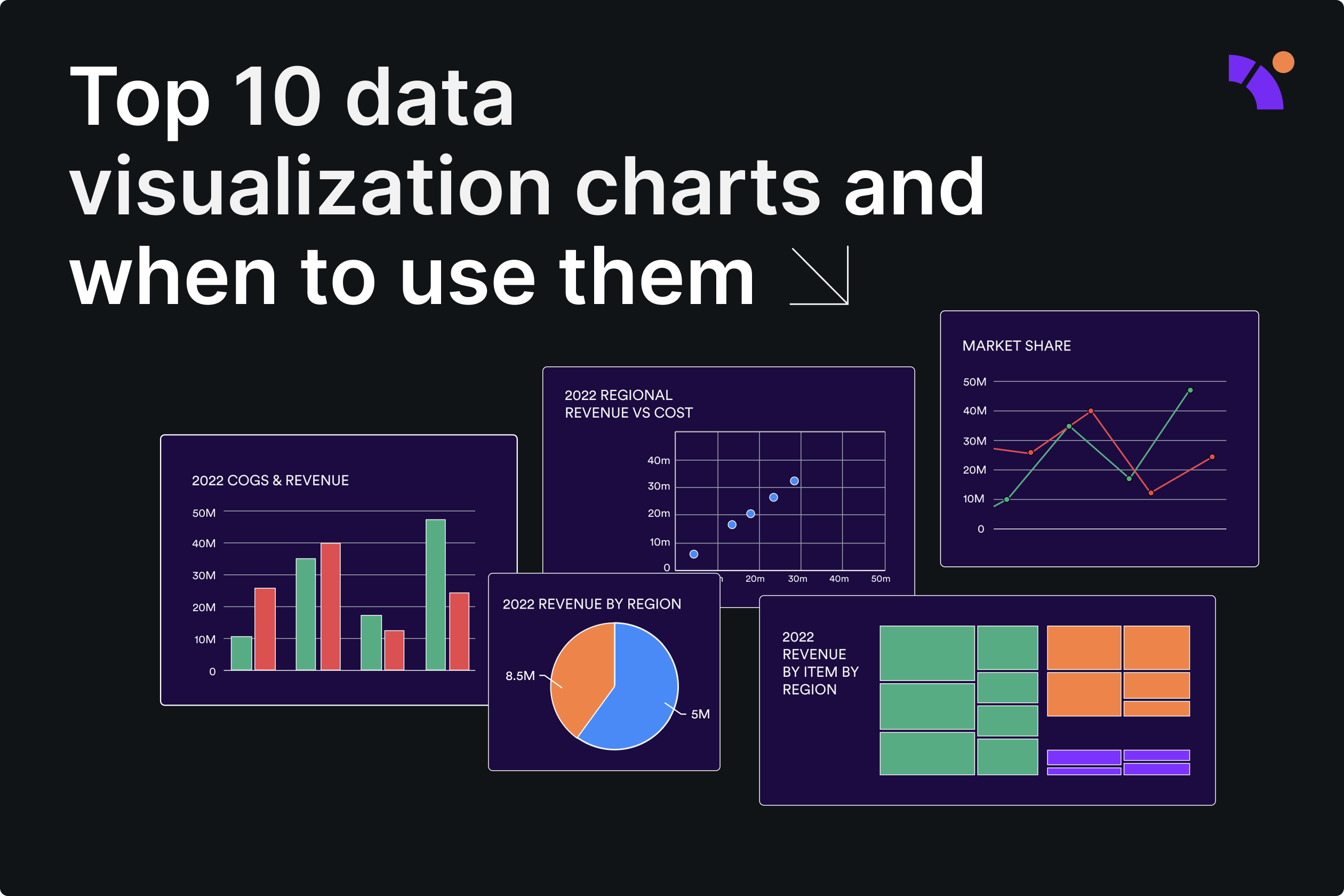
Line Charts
Line charts are ideal for displaying trends over time. They use a series of connected lines to show how a variable changes over a continuous period. They are particularly effective for tracking stock prices, temperature fluctuations, or website user activity. The visual representation of a line chart makes it easy to spot patterns and trends that might be obscured by other data. Understanding the scale and the type of data being represented is crucial for interpreting a line chart effectively.
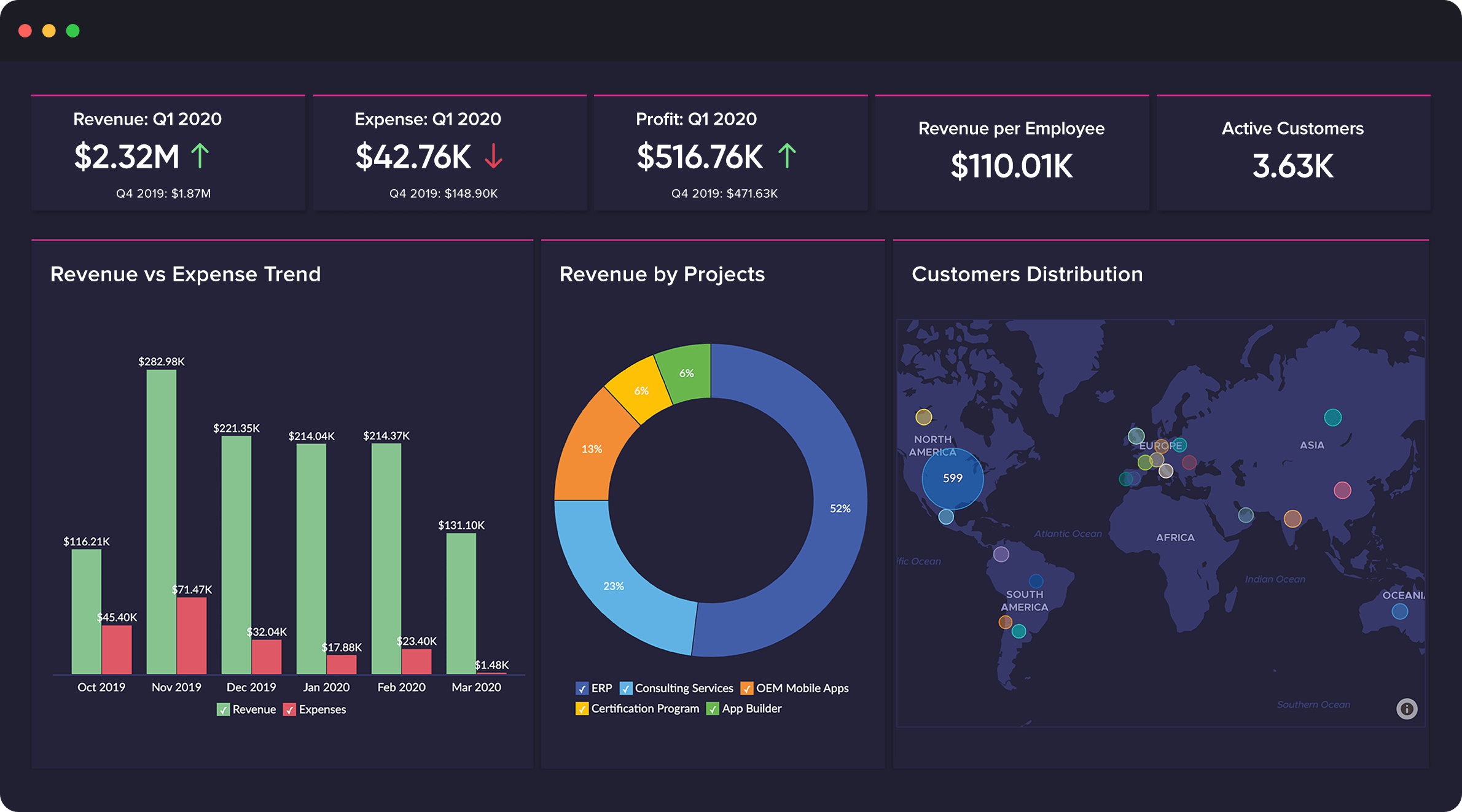
Scatter Plots
Scatter plots are used to explore the relationship between two variables. They display data points as dots on a graph, with each dot representing a single observation. This allows us to identify correlations, clusters, and outliers. For example, you might use a scatter plot to examine the relationship between advertising spend and sales revenue. A scatter plot can reveal if there’s a positive correlation – as advertising increases, sales tend to increase – or if there’s a negative correlation – as advertising increases, sales decrease.

Pie Charts
Pie charts are a classic visualization that represents data as slices of a circle. Each slice represents a proportion of the whole, and the size of the slice corresponds to the percentage of that proportion. While they can be effective for showing proportions, they are often criticized for being difficult to interpret when there are many categories. Data visualization with pie charts should be used sparingly and only when the goal is to show the relative contribution of each category to the whole.
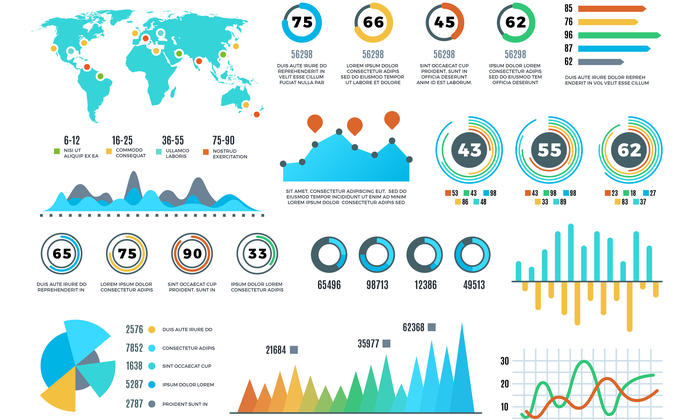
Heatmaps
Heatmaps are used to visualize data in a matrix format. They typically use color to represent the magnitude of values, making it easy to identify patterns and clusters. They are commonly used for analyzing sales data, website user behavior, or network traffic. A heatmap can quickly reveal areas of high and low activity, allowing for targeted analysis and optimization.
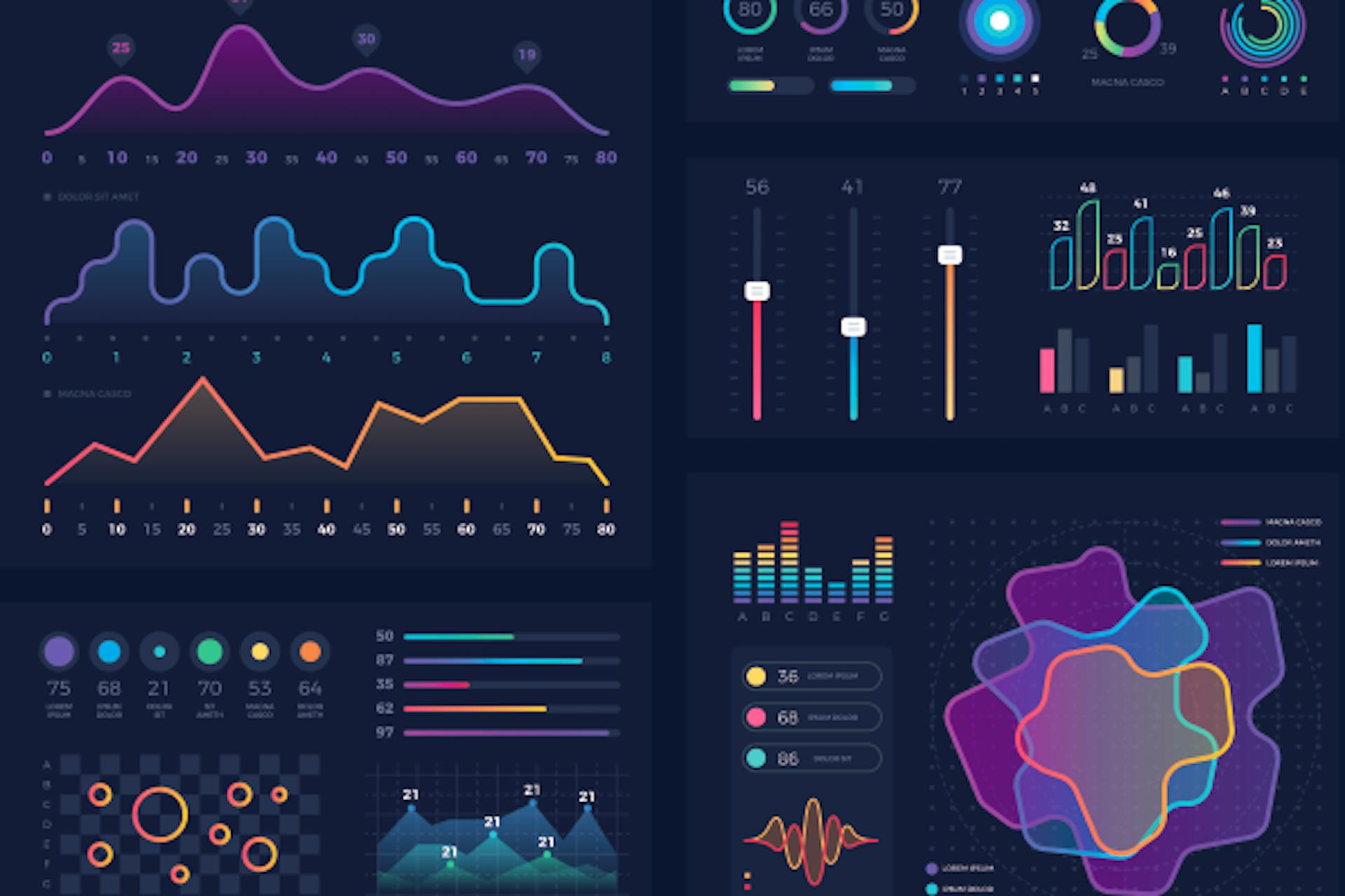
Choosing the Right Visualization
Selecting the appropriate visualization type depends heavily on the type of data you’re working with and the message you want to convey. Consider these factors:
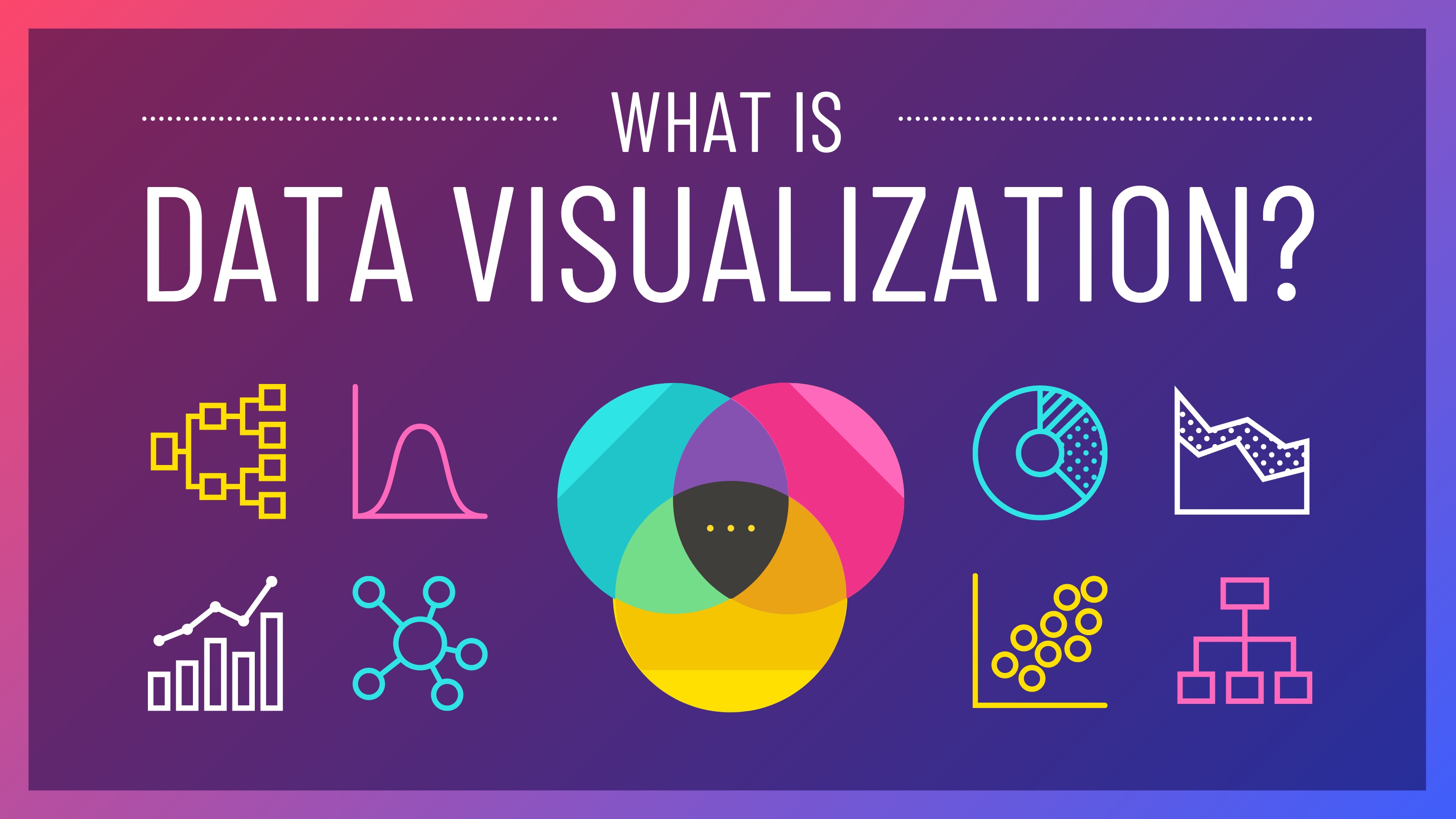
- Type of Data: Categorical, numerical, time-series, etc.
- Relationship Between Variables: Correlation, causation, etc.
- Audience: What level of detail do they need?
- Purpose: Are you trying to compare, show trends, or illustrate proportions?
Best Practices for Data Visualization
Creating effective data visualizations requires more than just choosing the right chart type. Here are some best practices to keep in mind:
- Keep it Simple: Avoid clutter and unnecessary elements.
- Use Clear Labels: Label axes, data points, and legends clearly.
- Choose Appropriate Colors: Use color strategically to highlight key information. Avoid using too many colors.
- Provide Context: Include a title, axis labels, and a brief description.
- Consider Accessibility: Ensure your visualizations are accessible to people with disabilities (e.g., use sufficient color contrast).
- Tell a Story: Guide the viewer through the data with a clear narrative.
The Importance of Data Storytelling
Data visualization is not just about presenting numbers; it’s about telling a story with data. A well-crafted visualization can reveal insights that would otherwise remain hidden. Effective data storytelling involves crafting a narrative around the data, using visuals to guide the audience through the key takeaways. This narrative should be clear, concise, and engaging. It’s about connecting the data to a broader context and prompting the audience to think critically about the information.
Tools for Data Visualization
Fortunately, there are numerous tools available to help you create compelling data visualizations. Some popular options include:
- Tableau: A powerful and versatile tool for creating interactive dashboards and visualizations.
- Power BI: Microsoft’s data visualization tool, integrated with other Microsoft products.
- Google Data Studio: A free and easy-to-use tool for creating dashboards and reports.
- Python (with libraries like Matplotlib and Seaborn): Offers a high degree of customization and control.
- R (with libraries like ggplot2): Another powerful option for statistical computing and visualization.
Beyond the Basics: Advanced Techniques
For more advanced users, exploring techniques like:
- Interactive Dashboards: Allowing users to explore the data themselves.
- Geospatial Visualizations: Using maps to display data geographically.
- Network Visualizations: Representing relationships between entities.
- Animation: Creating dynamic visualizations that reveal data over time.
Can be incredibly valuable.
Conclusion
Data visualization is a powerful tool for transforming raw data into actionable insights. By understanding the different types of visualizations, following best practices, and utilizing the right tools, you can effectively communicate complex information and drive better decision-making. Data visualization is an increasingly essential skill for anyone working with data, and its importance will only continue to grow. Remember to always consider your audience and the message you want to convey when creating your visualizations. Ultimately, the goal is to make data accessible, understandable, and impactful. Data visualization is not just about pretty charts; it’s about understanding and communicating the story hidden within the numbers.